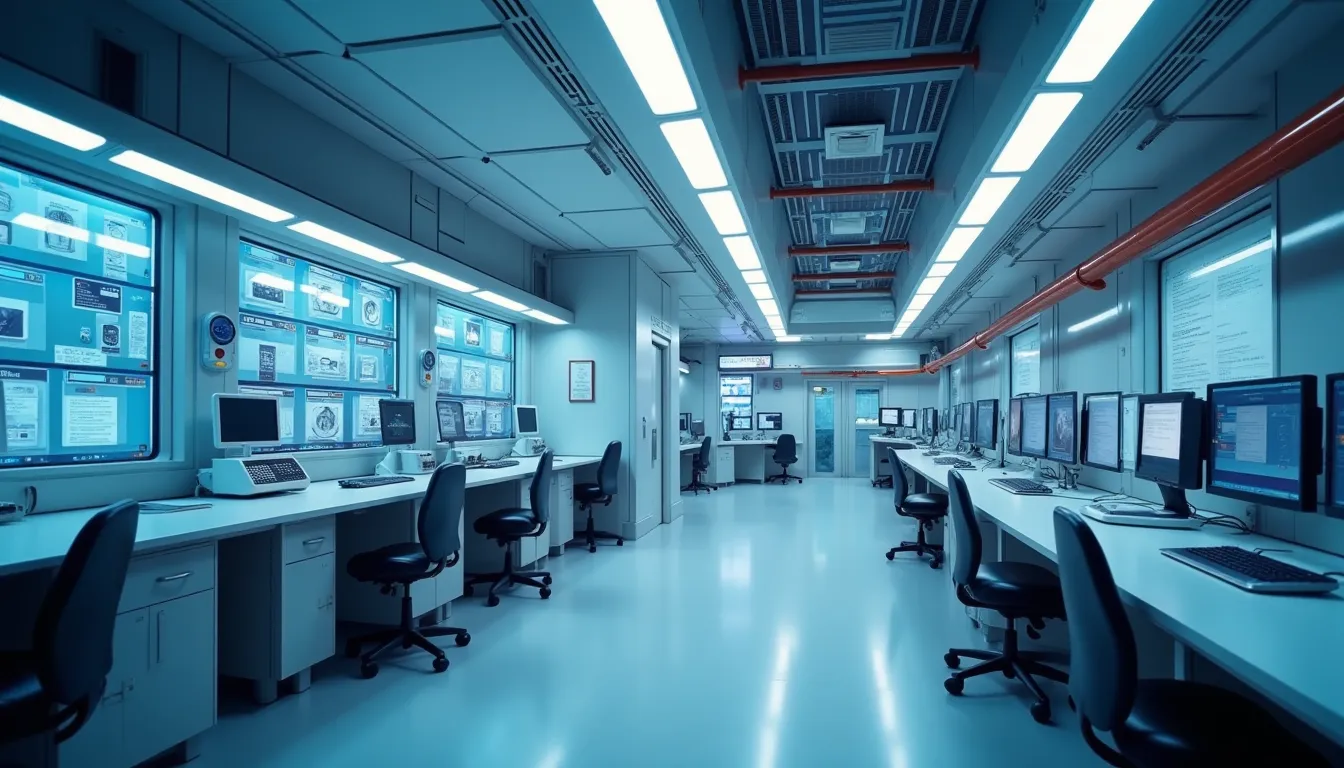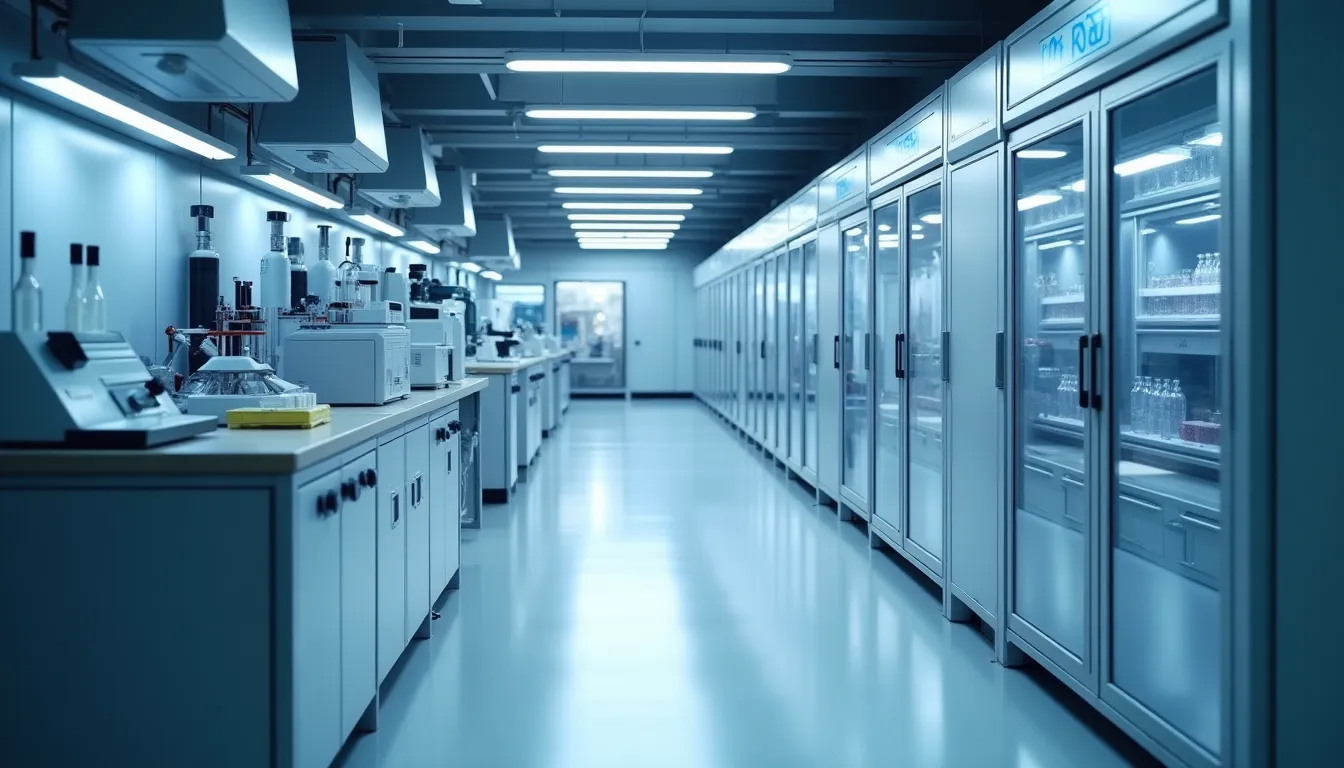With the impending retirement of the International Space Station (ISS) projected for 2031, NASA is undergoing a transformative shift towards commercial space stations under the Commercial LEO Development (CLD) program. This pivotal transition opens up new opportunities for private companies to take the helm of low Earth orbit (LEO) operations, fostering a competitive landscape where innovation and technological advancement are paramount.
NASA’s Commercial LEO Development Program
NASA’s CLD program aims to ensure a sustained human presence in LEO by supporting the development and operationalization of commercially built and operated space stations. Currently, the program is in its Phase 1, which has seen significant progress in the design and development of spacecraft from leading commercial entities like Axiom Space, Vast, Starlab, and Orbital Reef. Phase 2, slated for mid-2026, will see NASA selecting one or more of these stations for certification and operational support, potentially marking a new era in space exploration and habitation.
Leading Candidates for Commercial Space Stations
-
Axiom Space: Axiom Space has emerged as a frontrunner in the commercial space station race. The company has already developed modules intended for attachment to the ISS, setting the stage for its own fully operational commercial station. Axiom is also making strides in diverse applications such as space-based semiconductor manufacturing, leveraging its astronaut missions to further its technological capabilities.
-
Vast: Known for its ambitious plans, Vast has accelerated its development timeline, aiming to create a modular space station that emphasizes sustainability and scalability. The company is focusing on integrating advanced technologies such as precision accelerometers to enhance the station’s navigation and stability capabilities.
-
Starlab: Currently in the detailed design phase, Starlab aims to create a versatile platform for scientific research and commercial activities in LEO. The station is designed to support a wide range of experiments, utilizing advanced control systems for improved operational efficiency.
-
Orbital Reef: While initially a strong contender, Orbital Reef has faced challenges due to its parent companies prioritizing other projects, including the Sierra Space’s Dream Chaser spaceplane. However, the potential for innovation within Orbital Reef remains significant as it explores new partnerships and funding opportunities.
NASA’s Strategic Vision and Challenges
NASA’s transition to commercial space stations comes with its own set of challenges. The agency is committed to maintaining a continuous human presence in LEO; however, there are concerns about potential gaps in operations during the transition phase. The next generation of commercial stations will need to meet or exceed the capabilities of the ISS, which has been a cornerstone of international space research since its inception.
Additionally, NASA has invested over $400 million to stimulate the development of these commercial stations, emphasizing the need for platforms capable of supporting four-person crews for at least 30 days. Such investments are crucial as they drive innovation in technologies like the Advanced Sensor Module, which integrates MEMS IMU capabilities for enhanced motion sensing and stability.
The International Landscape
In the context of international efforts, China’s Tiangong space station presents a compelling counterpoint. Having been continuously crewed for about four years, Tiangong is on track to become the longest continuously inhabited space station if the ISS ceases operations as planned. Its three-person crew capability highlights the competitive nature of space habitation, prompting NASA and its commercial partners to innovate rapidly to maintain leadership in this domain.
Future Outlook and Industry Implications
As the commercial space station sector evolves, the implications for scientific research, international collaboration, and commercial ventures are profound. The ongoing development of platforms capable of hosting diverse missions will likely lead to breakthroughs in areas such as biotechnology, materials science, and advanced manufacturing in space.
Moreover, the integration of advanced technologies such as the YWJ01ZB150 System for precise azimuth determination and the ZQXXSGDSS System for laser beam tracking will enhance the operational capabilities of these emerging commercial stations. This evolution not only signifies a shift in responsibility from government agencies to private enterprises but also represents a unique opportunity for cross-sector collaboration in the aerospace and defense industries.
Conclusion
The transition to commercial space stations represents a significant turning point in the history of human spaceflight. As NASA paves the way for private industry to assume a larger role in LEO, the future holds promise for innovative research, economic growth, and technological advancements. The coming years will be critical in determining how effectively these commercial entities can meet the challenges ahead, ensuring that humanity’s presence in space continues to thrive.
References
-
Approaching the age of commercial space stations - Ohio State News (news.osu.edu) - 10/1/2025 Approaching the age of commercial space stations. NASA will say goodbye to the International Space Station in 2030. Originally published in …
-
Axiom Space — World’s First Commercial Space Station (www.axiomspace.com) - 10/1/2025 Featured News. Axiom Space and Resonac Sign MOU to Advance Space-Based Semiconductor Manufacturing. October 1, 2025. Axiom Space Selects Emiliano Ventura as …
-
Where are America’s Commercial Space Stations in 2025? (www.spacescout.info) - 6/10/2025 NASA intends to replace the ISS with commercially-built space stations through its Commercial LEO Development (CLD) program.



